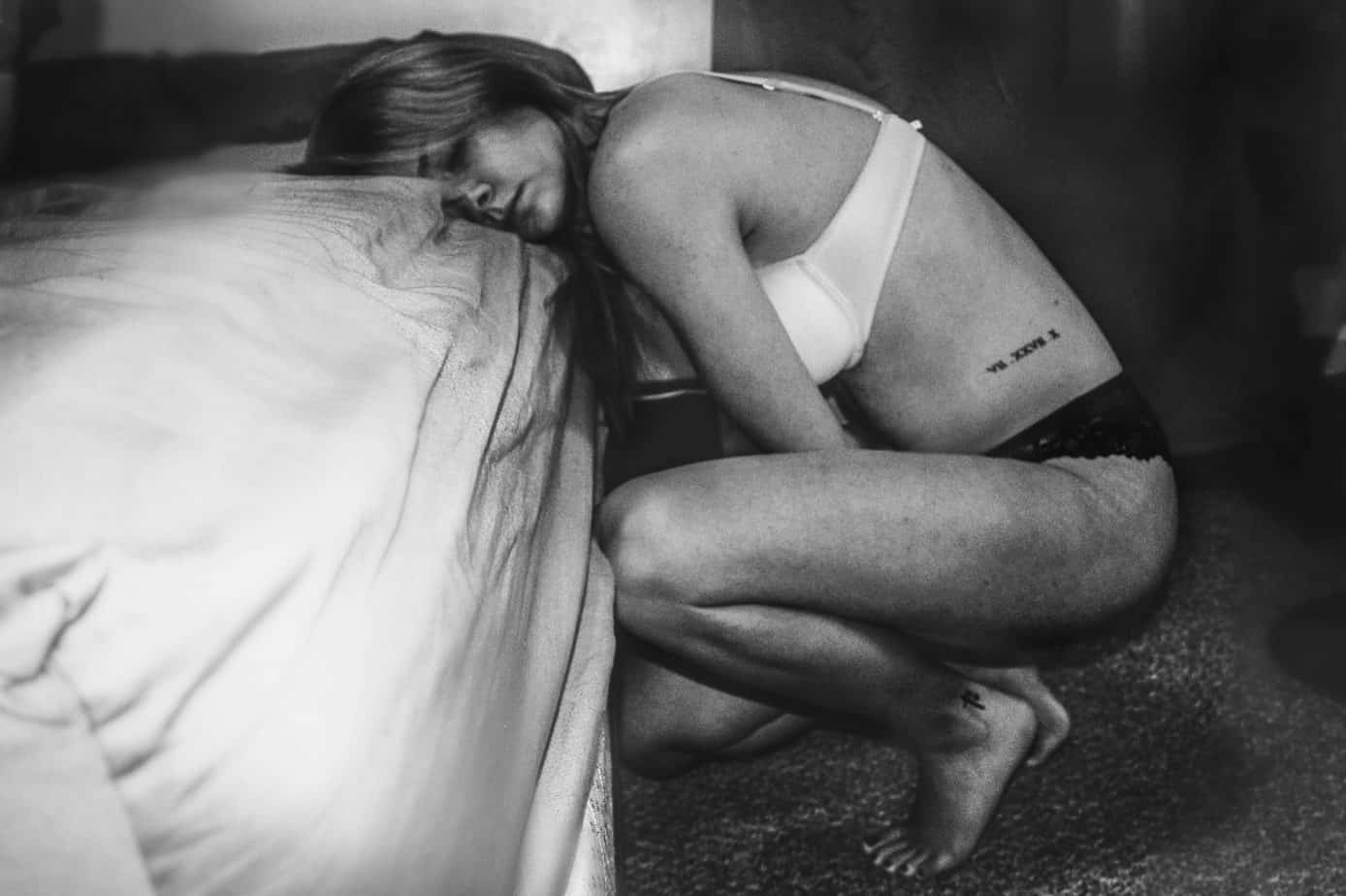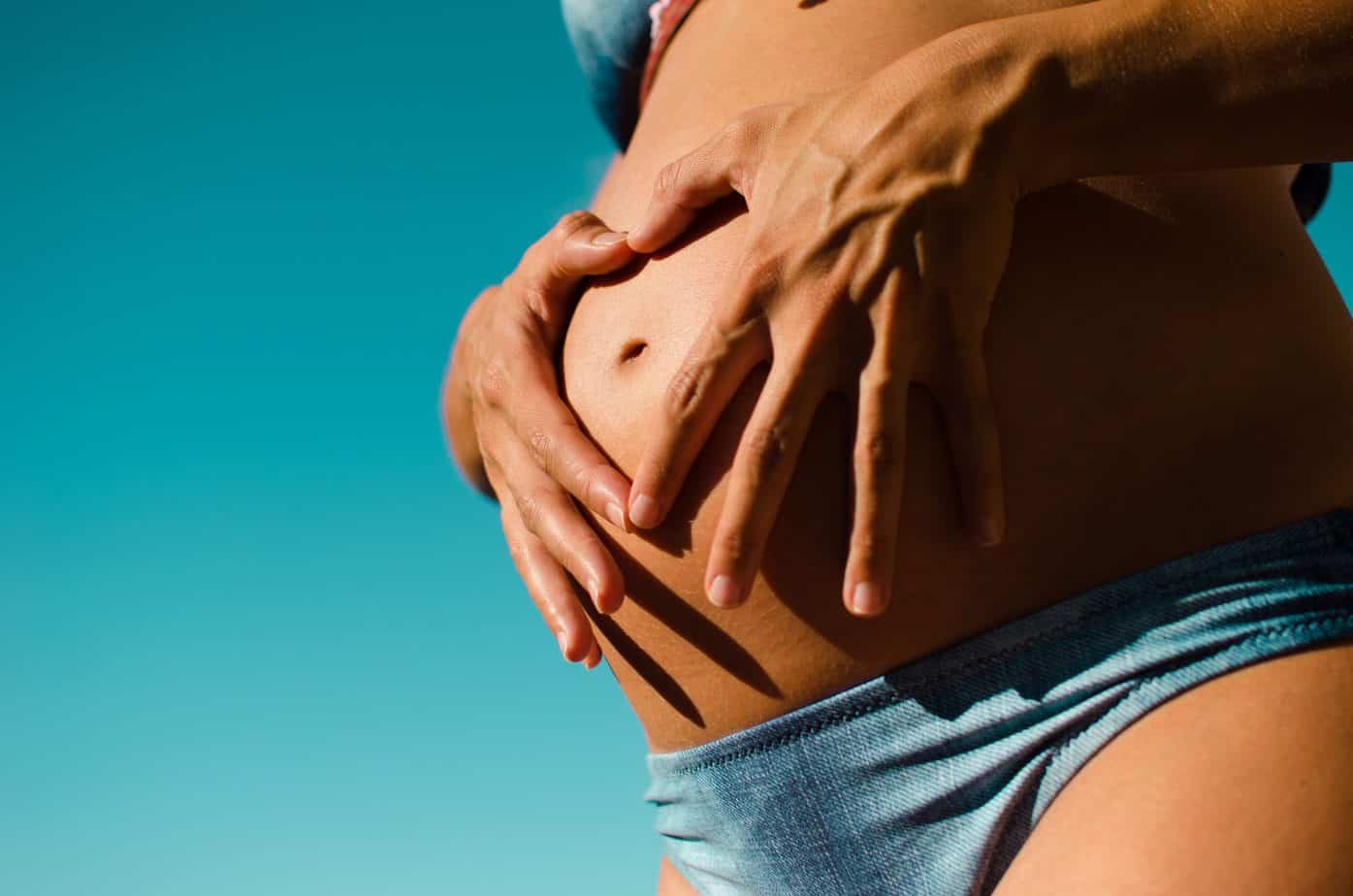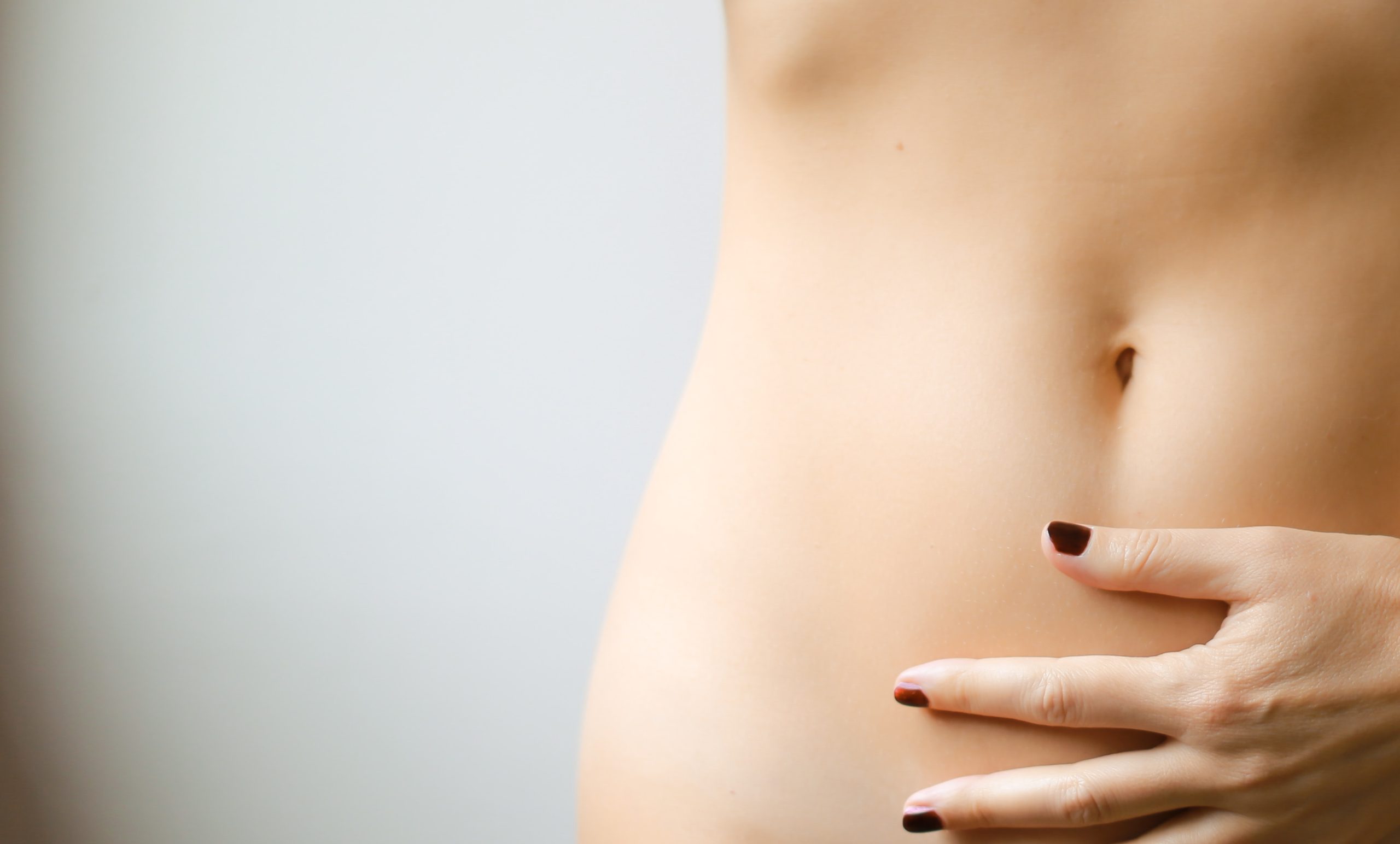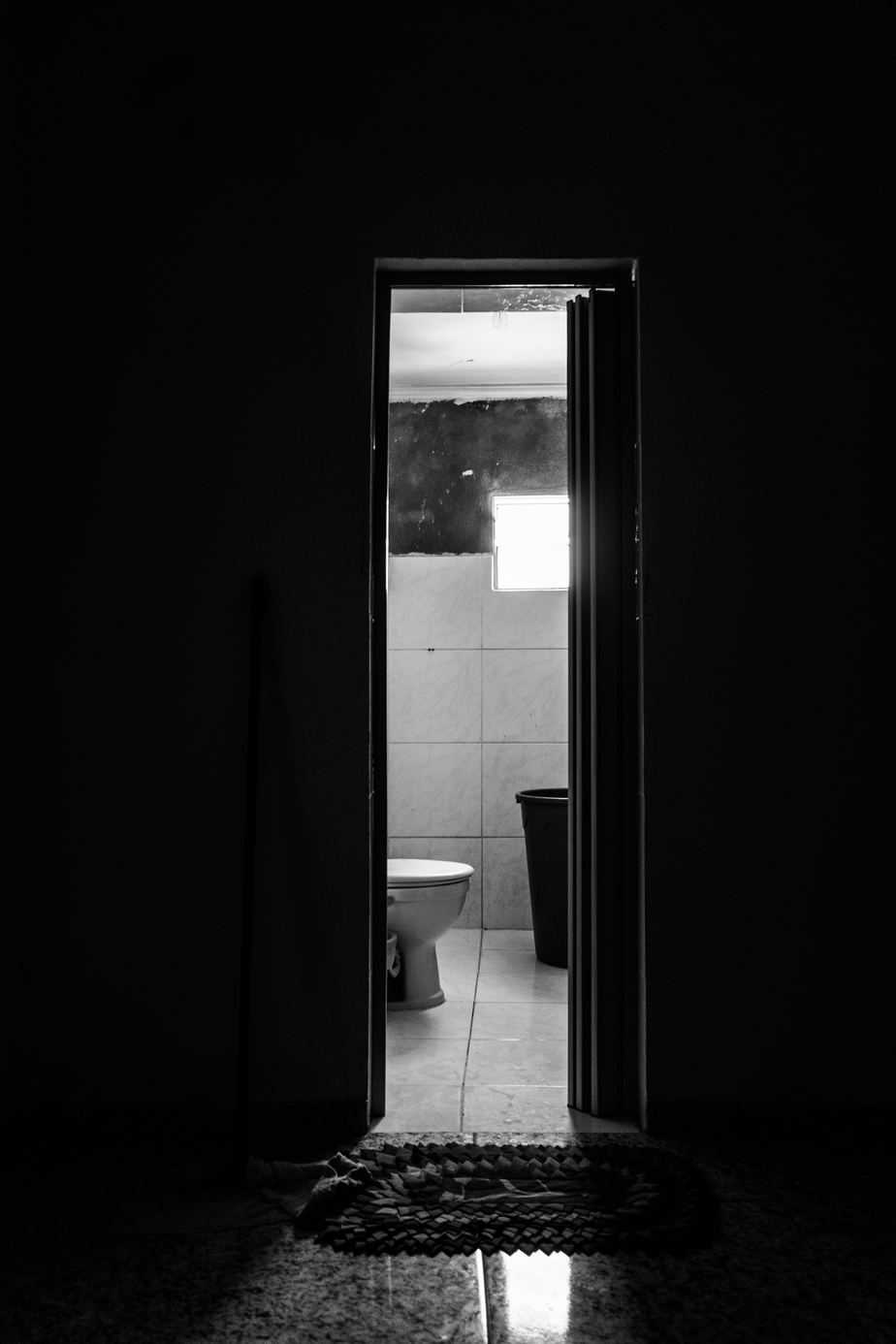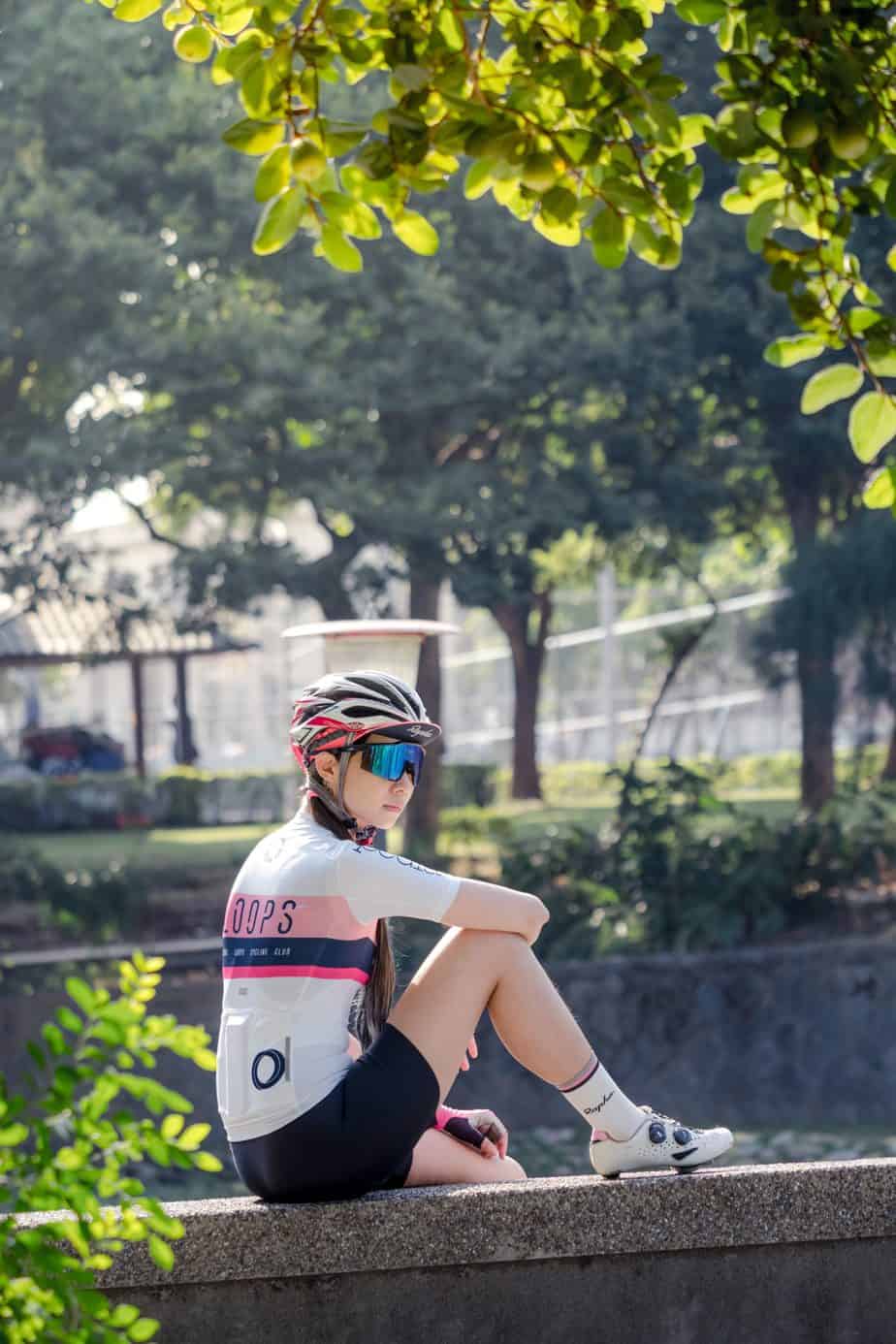Pediatric Bowel Dysfunction
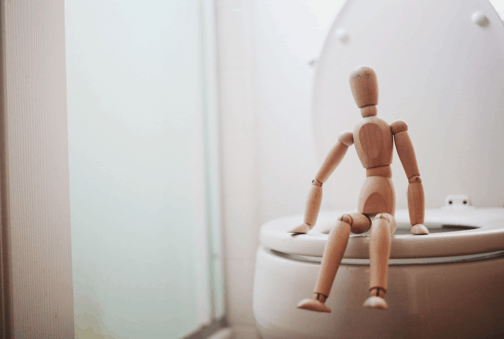
Pediatric bowel dysfunctions consist of constipation and fecal incontinence (FI). Estimates of constipation in the general pediatric population range from 0.3 to 8%, with boys and girls equally affected. According to van den Berg et al, up to 30 percent of children suffer from constipation and account for approximately 3% to 5% of all visits to pediatricians. Early intervention can avoid stool-withholding patterns with worsening constipation leading to prolonged bowel issues into adulthood with psychosocial consequences. FI is one of the most common presentations of constipation and is found in up to 84% of constipated children.
FI has organic and functional causes. Organic fecal incontinence involves neurologic or structural issues such as Hirschsprung’s disease, repaired anorectal malformations, cerebral palsy, spinal tumors, spinal dysraphism, spinal cord trauma, and myopathy affecting the pelvic floor musculature.
Encopresis is a form of functional fecal incontinence. It can be either voluntary or involuntary passage of stool in inappropriate places. Types of encopresis include primary encopresis, in which the longest clean interval was less than 6 months, and secondary encopresis, which is a relapse of signs or symptoms after a period of 6 months or longer being clean.
Signs and symptoms of encopresis may include:
- Leakage of stool or liquid stool on underwear, which can be mistaken for diarrhea
- Constipation with dry, hard stool
- Passage of large stool that clogs or almost clogs the toilet
- Avoidance of bowel movements
- Long periods of time between bowel movements
- Lack of appetite
- Abdominal pain
- Problems with daytime wetting or bedwetting (enuresis)
- Repeated bladder infections, typically in girls
Encopresis is further classified as:
- Encopresis with Constipation
- Both encopresis and constipation exist-stool plug may be present
- Also known as: overflow incontinence, retentive encopresis, functional retentive (or constipation-associated) fecal incontinence
- Encopresis without Constipation
- Also known as: functional non-retentive (or non-constipation associated) fecal incontinence
Functional constipation is defined by the Rome II criteria as having “scybalous, pebble-like, hard stools for the majority of stools, by firm stools 2 or less times per week, by the absence of structural, endocrine, or metabolic disease.”
Most cases of encopresis are the result of chronic constipation. According to the Paris Consensus on Childhood Constipation Terminology, chronic constipation is defined by the occurrence of 2 more more characteristics of the following in the past 8 weeks:
- Less than 3 BMs per week
- More than 1 episode of FI per week
- Large stools in the rectum or palpable on rectal exam
- Large diameter of stools, plugging the toilet
- Painful defecation
With constipation, the child’s stool is hard, dry and may be painful to pass, resulting in the child avoiding going to the toilet — making the problem worse. The longer the stool remains in the colon, the more difficult it is for the child to push stool out. The colon then stretches and, when the colon becomes too full, soft or liquid stool may leak out around the retained stool or loss of control over bowel movements may occur. A full rectum can also press on the bladder neck, causing urinary issues such as urinary frequency, urgency or incontinence.
Some causes of constipation include:
- Withholding stool due to fear of using the toilet (especially when away from home) or because stools are painful
- Not wanting to interrupt play or other activities
- Eating too little fiber
- Not drinking enough fluids
Emotional issues can also affect bowel movements. A child may experience stress from:
- Premature, difficult or conflict-filled toilet training-toilet refusal syndrome/toilet phobia
- Changes in the child’s life, such as dietary changes, toilet training, starting school or schedule changes
- Emotional stressors, for example, the divorce of a parent or the birth of a sibling
How can Physical Therapy help?
Physical therapy treatments can include parent and child education for bladder and bowel retraining, gentle strengthening and stretching, and soft tissue massage.
Tips for Home
- ILU (“I Love You” massage)
- Diet: avoid junk food and processed foods, drink more water, increase fiber intake (age +5 grams until age 10, then adult intake of 25-35 g daily)
- Bowel schedule: wait 30 minutes after eating and sit on toilet
- Proper toileting postures with feet supported on a stool (like the Squatty Potty®)

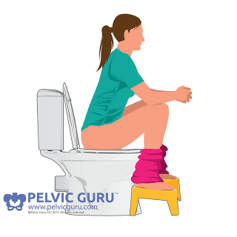
Please call us at 212-233-9494 to speak to a pelvic floor specialist and schedule a consultation.
References
- “Definition & Facts for Bladder Control Problems & Bedwetting in Children.” https://www.niddk.nih.gov/health-information/urologic-diseases/bladder-control-problems-bedwetting-children/definition-facts
- European Journal of Pediatrics. 2017; 176(2): 207–216. Bladder and bowel dysfunctions in 1748 children referred to pelvic physiotherapy: clinical characteristics and locomotor problems in primary, secondary, and tertiary healthcare settings. van Engelenburg–van Lonkhuyzen et al.
- https://www.mayoclinic.org/diseases-conditions/encopresis/symptoms-causes/syc-20354494
- Rajindrajith S. Devanarayana NM, Benninga MA. “Review article: faecal incontinence in children: epidemiology, pathophysiology, clinical evaluation and management.” AP&T Pharmacology and Therapeutics. 2013. 37:37-48.


